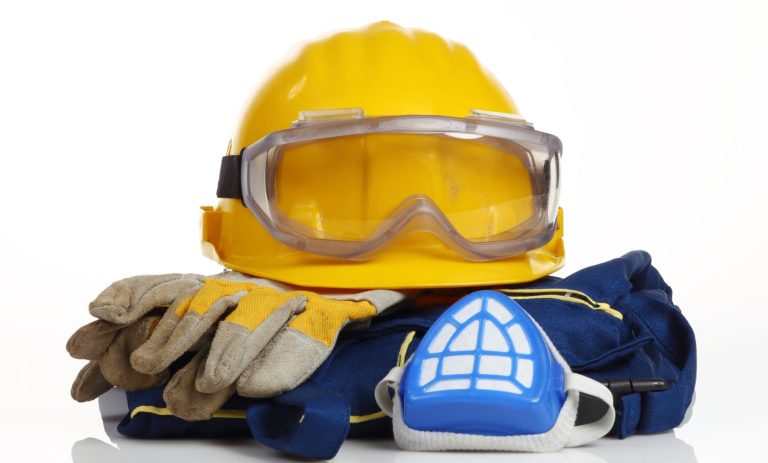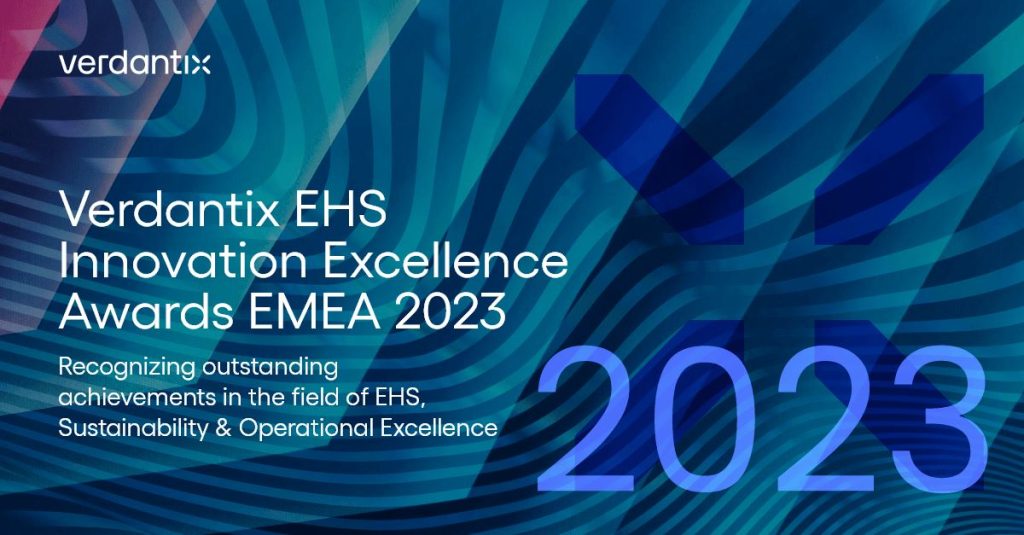ICL endorses and follows a variety of initiatives and quality management systems in order to improve and streamline processes and performance, as well as to reduce risks. The company has adopted occupational health and safety management systems beyond regulatory requirements at 81% of its production sites. Full adoption is planned by the end of 2024. These EHS management systems are either ISO 45001/ISO14001 certified or equivalent management systems. The certified sites include approximately 98% of ICL’s production sites’ workforce, and cover about 85% of its total global workforce (based on data used in GRI disclosure 102-8). Locations that do not have industrial production processes, such as office buildings, do not have safety management systems beyond what is required by law. This affects approximately 14% of ICL’s employees. ICL has set goals to obtain the aforesaid ISO certifications for 100% of its production sites in the coming years.
Most of ICL’s production facilities are certified with ISO standards or with equivalent standards for environmental management, safety and quality. All major energy consuming sites are certified with the energy ISO standard. Food and pharma production sites are certified with GMP/Q7 or other designated standards for the food and pharma industries.










